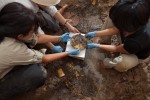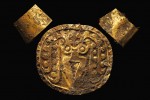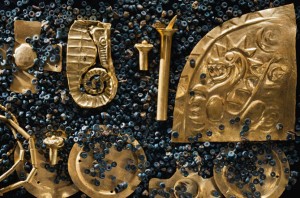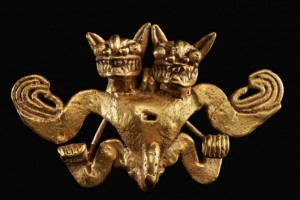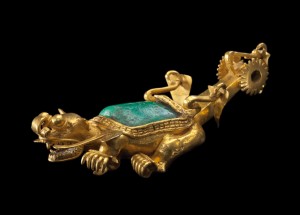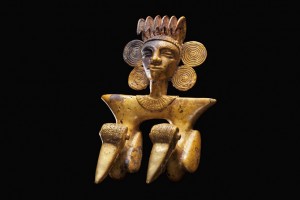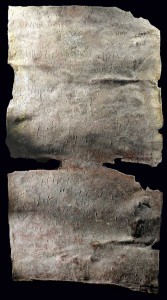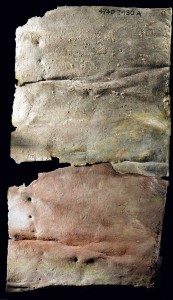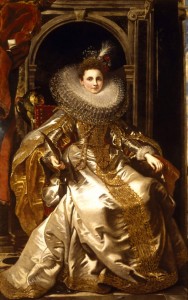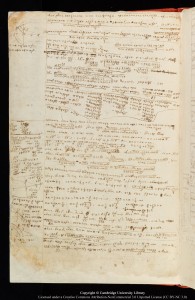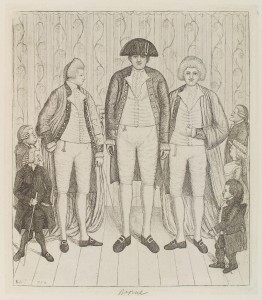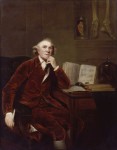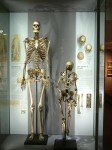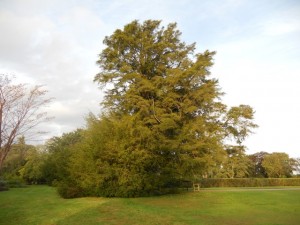 A handsome but unassuming yew tree (Taxus baccata) near the mansion at Wakehurst Place, the Kew Botanical Garden’s country estate in West Sussex, turns out to be 620 years old. Twenty feet in diameter, it’s not the largest yew, never mind the largest tree, nor the most impressive (there are 100-year-old yews at Wakehurst that have grown up naturally on stones which are far splashier and more often painted/pictured/talked about than our medieval tree friend). Nobody at Wakehurst had any idea that particular yew was so ancient.
A handsome but unassuming yew tree (Taxus baccata) near the mansion at Wakehurst Place, the Kew Botanical Garden’s country estate in West Sussex, turns out to be 620 years old. Twenty feet in diameter, it’s not the largest yew, never mind the largest tree, nor the most impressive (there are 100-year-old yews at Wakehurst that have grown up naturally on stones which are far splashier and more often painted/pictured/talked about than our medieval tree friend). Nobody at Wakehurst had any idea that particular yew was so ancient.
The tree was examined by a dendrochronologist as part of research for a long-term conservation management plan for the Wakehurst gardens. He took a core sample from the tree — you don’t need to cut the whole thing down to count its rings anymore — and found that the yew was planted in 1391, ten years after the Peasants’ Revolt and eight years before King Richard II was deposed.
Andy Jackson, the head of Wakehurst, said: “I am shocked and amazed. I thought I knew almost all there was to know about Wakehurst’s landscape, but it has unveiled a new layer to me. I’ve walked past this remarkably humble tree almost every day without realising just how old it is.
The yew is like an ancient key, unlocking information about the past and suggesting there was a much older designed landscape at Wakehurst that we didn’t know was there.”
The de Wakehurst family owned the land that would become the country estate starting in 1205. There’s a man-made terrace under the 1391 yew, so Jackson thinks the yew may be evidence of the earliest formal garden designed for the de Wakehursts. Last year archaeologists found remains of a 14th century house that was built near the current mansion (constructed in the 16th century) which is where the yew currently stands, so it may have been part of a line of landscaped trees planted to grace that first house.
(Sorry about the groaner in the title. I’m such a cheap date. :no: )
